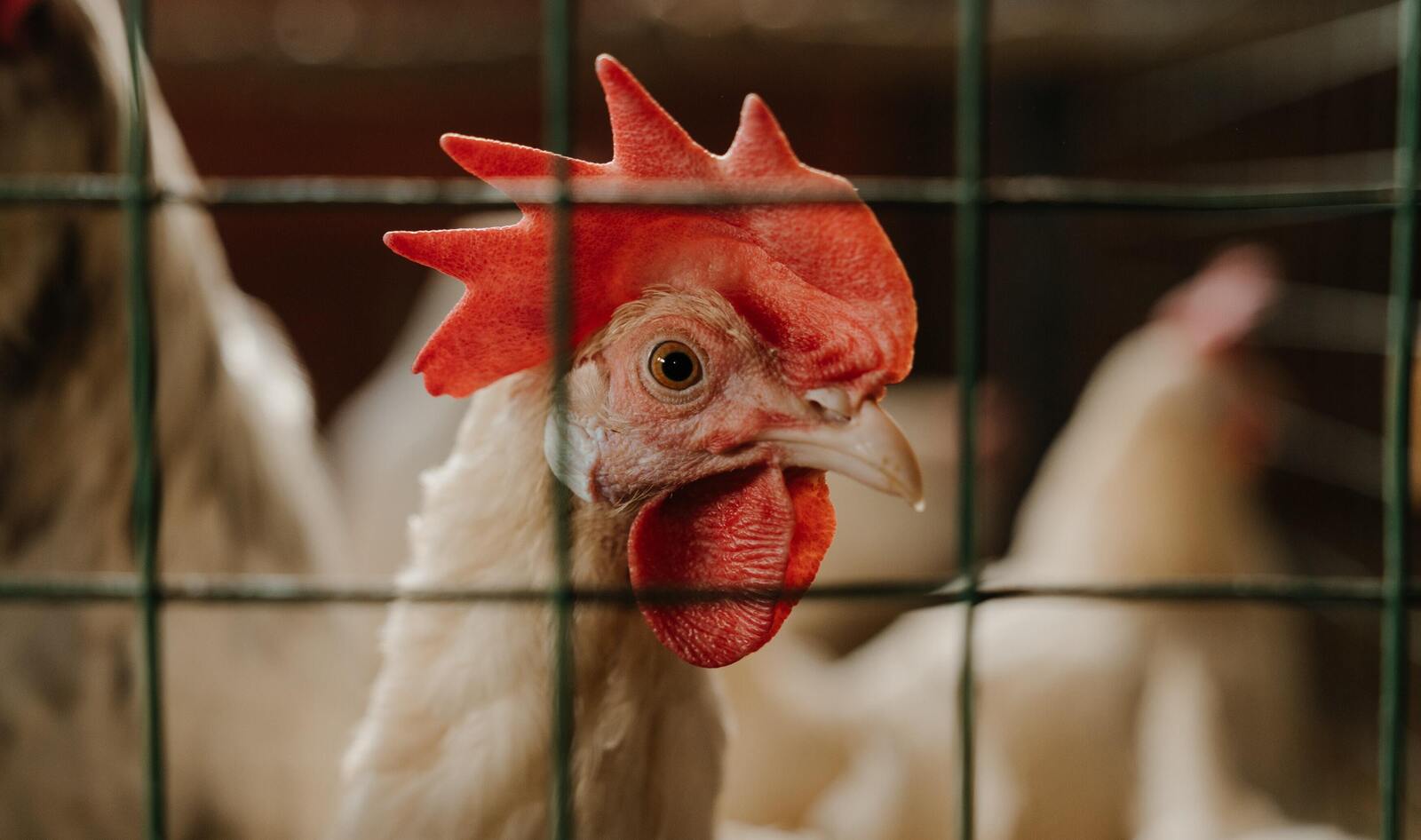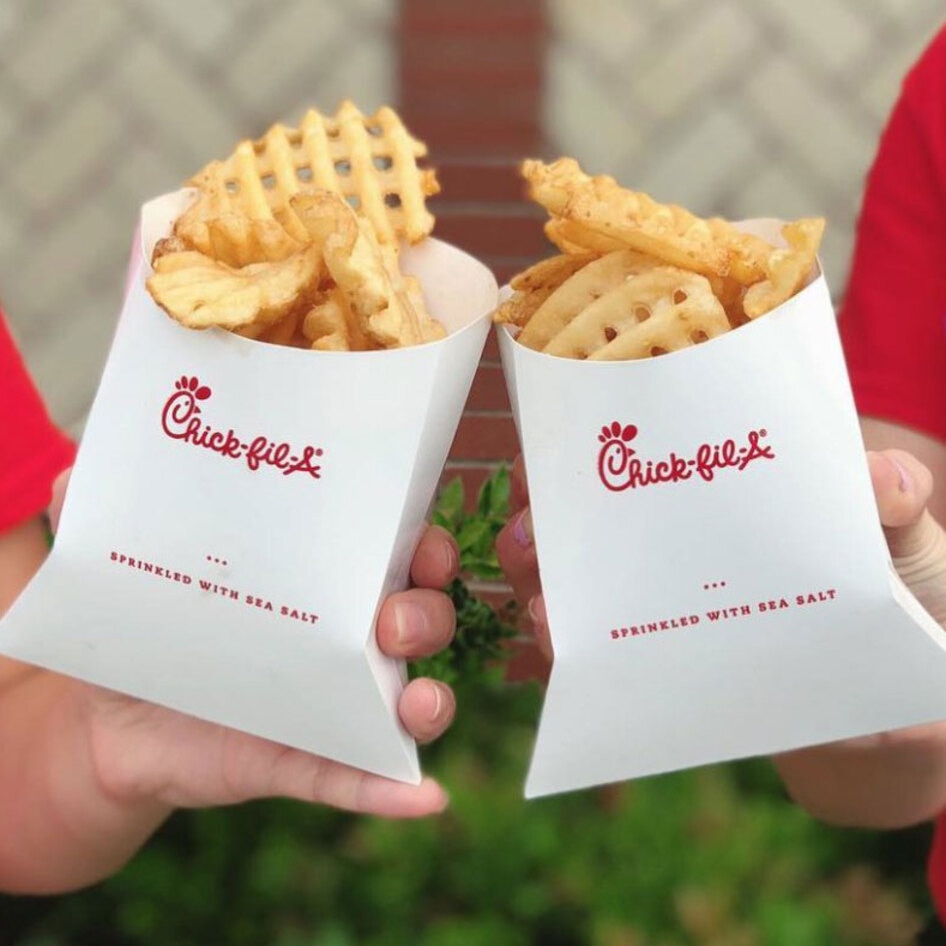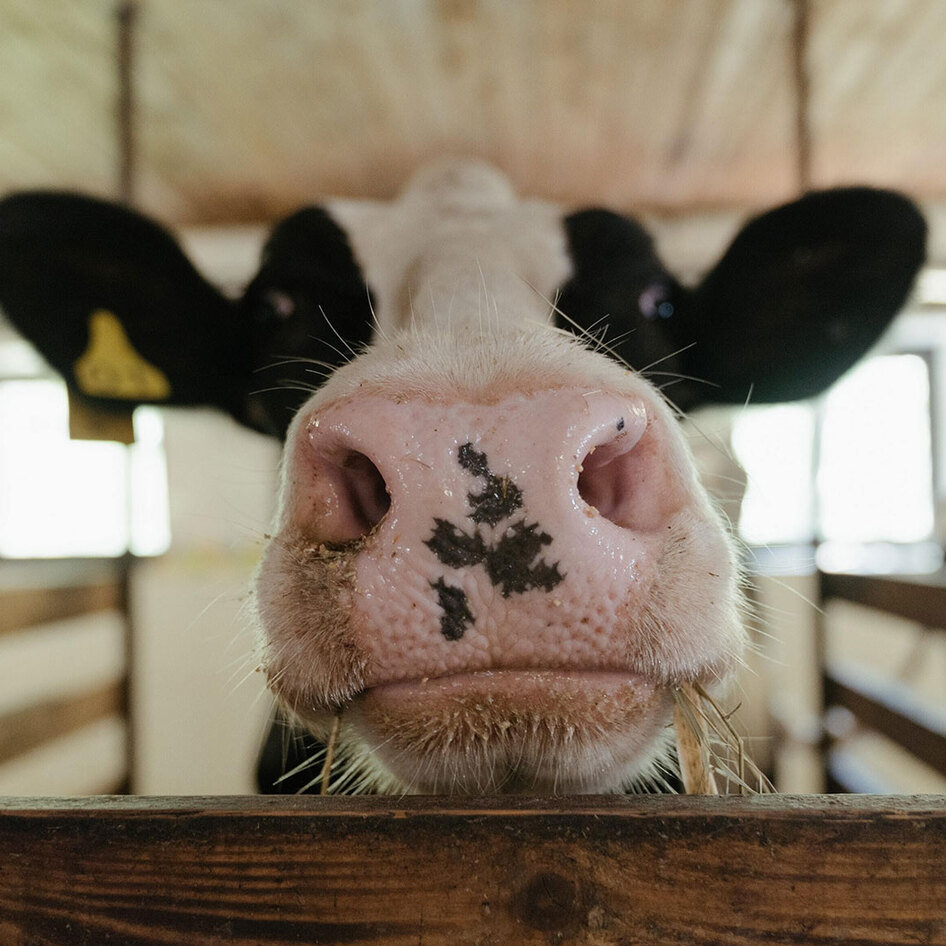The United States Department of Agriculture (USDA) has announced plans to strengthen the various different “animal-raising claims” that are often printed on meat product labels.
Animal-raising claims differ in nature, but essentially, they aim to assure consumers that the meat they’re buying has come from farms where antibiotics aren’t used, for example, or that the animals are free-range or grass-fed. According to the USDA, it has received “several petitions, comments, and letters” asking it to reevaluate its oversight of these claims in order to ensure their accuracy.
But while more tightly restricted animal-raising claims may represent a small improvement to the industry, is it really possible to ever create meat from farmed animals that is “humane” and safe? Let’s dive in.
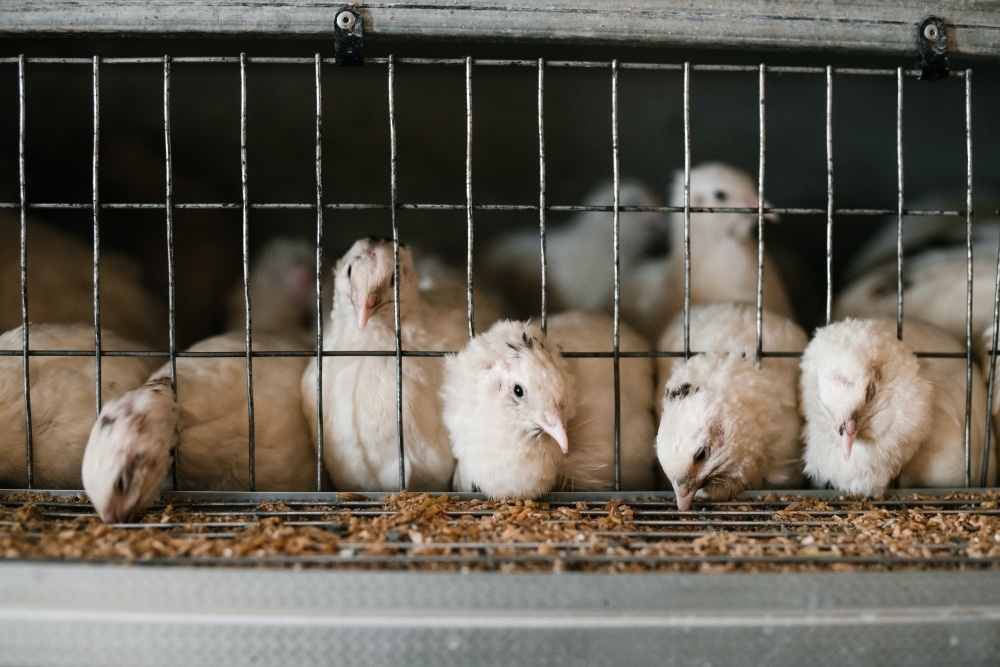 Pexels
Pexels
What changes is the USDA making?
According to the USDA, it is set to start a new research project, with a view to potentially cracking down on the “raised without antibiotics” market.
This market has grown significantly in recent years, as consumers have become more aware of the potential antibiotic-resistance risks associated with the overuse of antibiotics in animal farming. As of right now, sales of “antibiotic-free” meat sit at more than $148 billion, and by the end of 2032, they may reach around $445 billion.
But just how accurate are these claims? Not very, suggested a study released last year. The research indicated that fewer than 7,000 tests are conducted each year to check for antibiotic residue in meat, despite the fact that the industry slaughters around 10 billion animals annually in the US alone. And up until now, the USDA has not actually mandated any tests at all for claims relating to antibiotics.
But in the new statement, the USDA has claimed it will now conduct a “sampling project” to assess antibiotic residue in cattle being raised for the antibiotic-free meat market. “The results of this project will help inform whether [the USDA’s Food Safety and Inspection Service] should require that laboratory testing results be submitted for the ‘raised without antibiotics’ claim or start a new verification sampling program,” the press release explains.
In addition to antibiotics claims, the USDA also aims to release newly revised guidelines for humane-related animal-raising claims, like “free-range,” for example. It will now “recommend” that companies “strengthen the documentation they submit” and “encourage the use of third-party certification to verify these claims.”
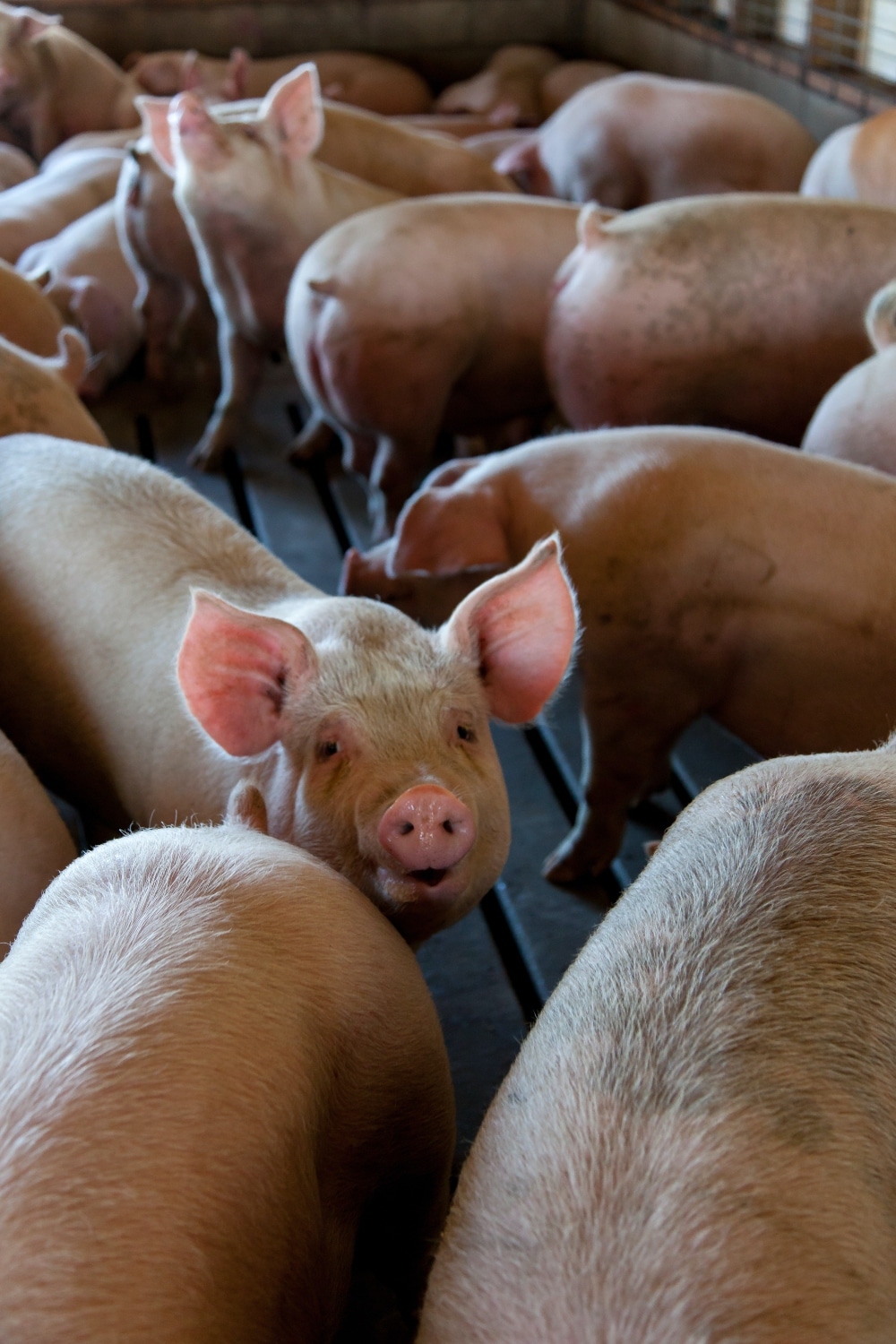 Pexels
Pexels
Can meat production ever truly be “humane” and safe?
More regulation over the antibiotic-free meat market is progress. After all, antibiotic resistance is a real and legitimate health concern. In fact, earlier this year, one report by World Animal Protection (WAP) linked four superbugs found on factory farms (Staphylococcus aureus, Escherichia coli, Campylobacter, and non-typhoidal Salmonella) to 975,000 human deaths and 35 million illnesses in 2019.
“Antibiotic resistance is a rapidly growing public health threat, and the clear link to factory farming exposed in this report demonstrates the urgent need for food systems that protect animals and humans,” said WAP’s farming campaign manager Annette Manusevich in a statement.
But even if the USDA could verify antibiotic-free claims more efficiently, this still won’t solve all of the meat industry’s risks. Even without superbugs, factory farming still presents a disease risk. In 2021, for example, scientists from South Africa warned that rising demand for cheaper meat around the world, and the expansion of industrialized, intensive farming systems, could produce the next pandemic.
“Our demand for meat is driving cheaper and less controlled agriculture practices, cramming more animals into smaller spaces, feeding them less and less natural fodder,” said behavioral ecologist Aliza le Roux to Food Navigator. “Remember mad cow disease? Have you seen chicken batteries? We should not blame ‘exotic’ eating practices [for disease outbreaks] but look at our own.”
And finally, with regard to “humane” animal-raising claims, like “free-range” (which simply means the animal has had some form of access to the outside), the USDA’s request for strengthened documentation won’t change the fact that every year, billions of animals are raised on factory farms and sent to slaughterhouses, where they will be killed for meat production long before the end of their natural life span.
In the wild, a cow can live for up to 20 years, but in the meat industry, they are usually killed for beef between the ages of one and two. A sheep can reach 12 years of age naturally, but lambs are usually slaughtered between the ages of six and eight months. The story is similar for pigs, chickens, turkeys, goats, and all other animals born and raised in the meat industry.
This is why most animal-rights advocates and activists reject the idea that meat can ever really be considered humane or ethical.
“‘Humane meat’ is a myth,” notes People for the Ethical Treatment of Animals. “No matter how appealing the packaging may look, all substances taken from animals are the result of exploitation.”
For the latest vegan news, read:
JUMP TO ... Latest News | Recipes | Guides | Health | Shop

